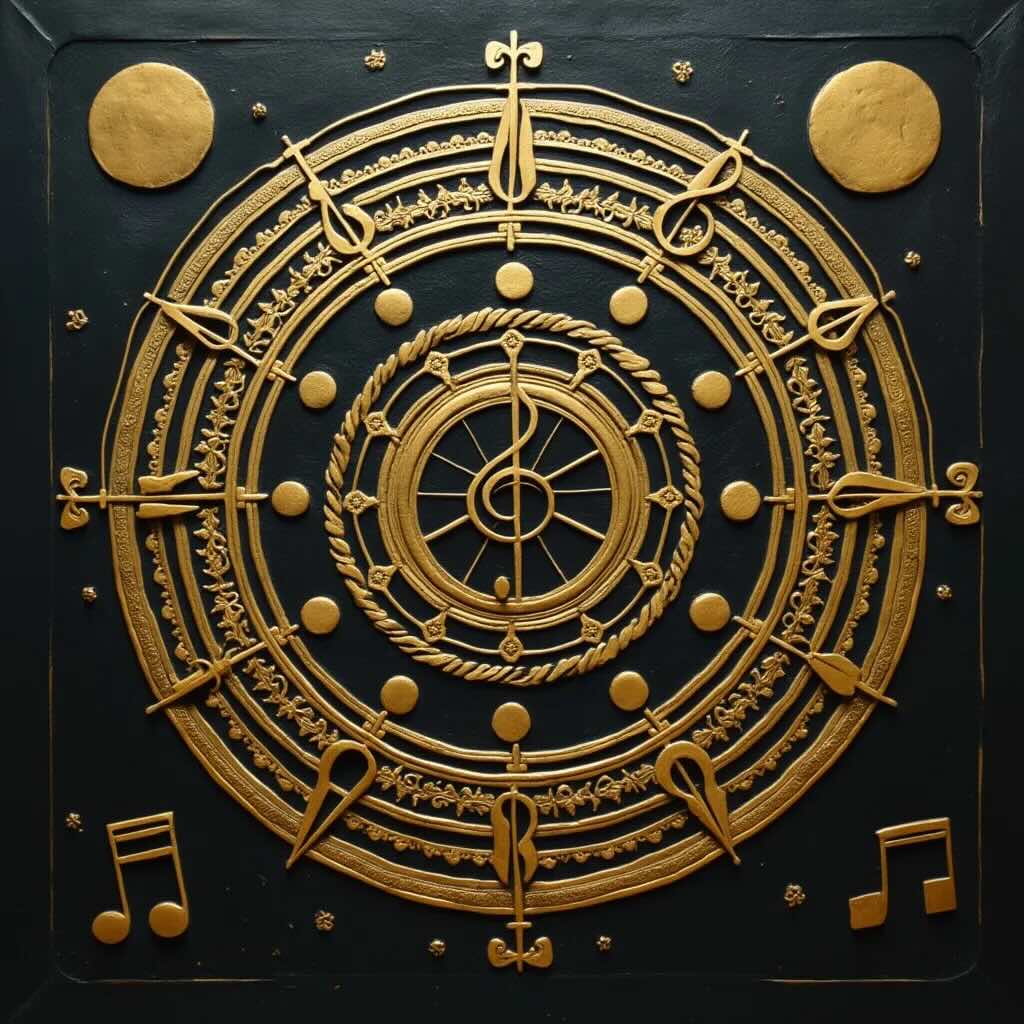
What is the Secret of the Circle of Fifths?
Have you ever wondered why certain chords just seem to flow naturally from one to another? Or why some keys feel more “at home” together than others? It’s not magic—it’s the circle of fifths! As a music teacher, I’ve often seen students struggle with understanding key relationships, chord progressions, and the theory behind how music […]
Continue reading →